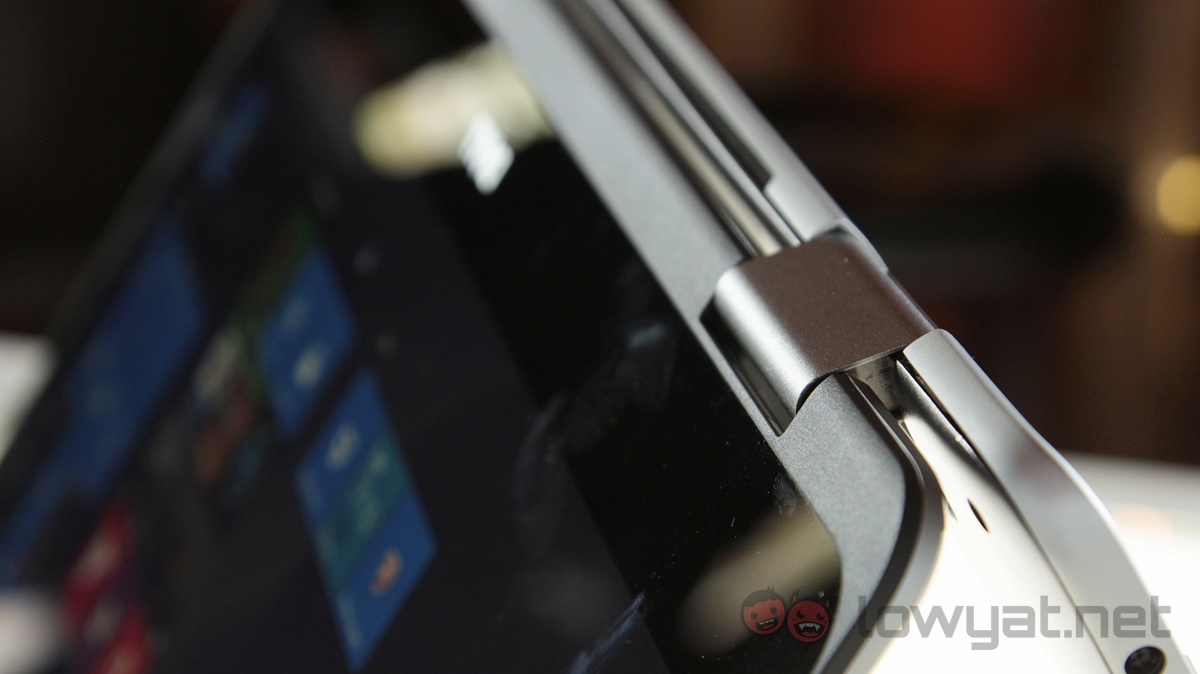Dell revealed the massive Inspiron 17 7000 2-in-1 at Computex 2016. While it isn’t surprising that the laptop maker has made to leap to such a large convertible – it already has the world’s smallest Ultrabook – this begs the question of where Dell takes the Inspiron series from here?
The Inspiron series, as described by Monty Wong, Executive Director of the Consumer PC Group is divided into three parts. The entry level 3000 series, the mid-range 5000 series, and the premium 7000 series. Dell separates Alienware and XPS from Inspiron; as those are considered to be much higher end products.
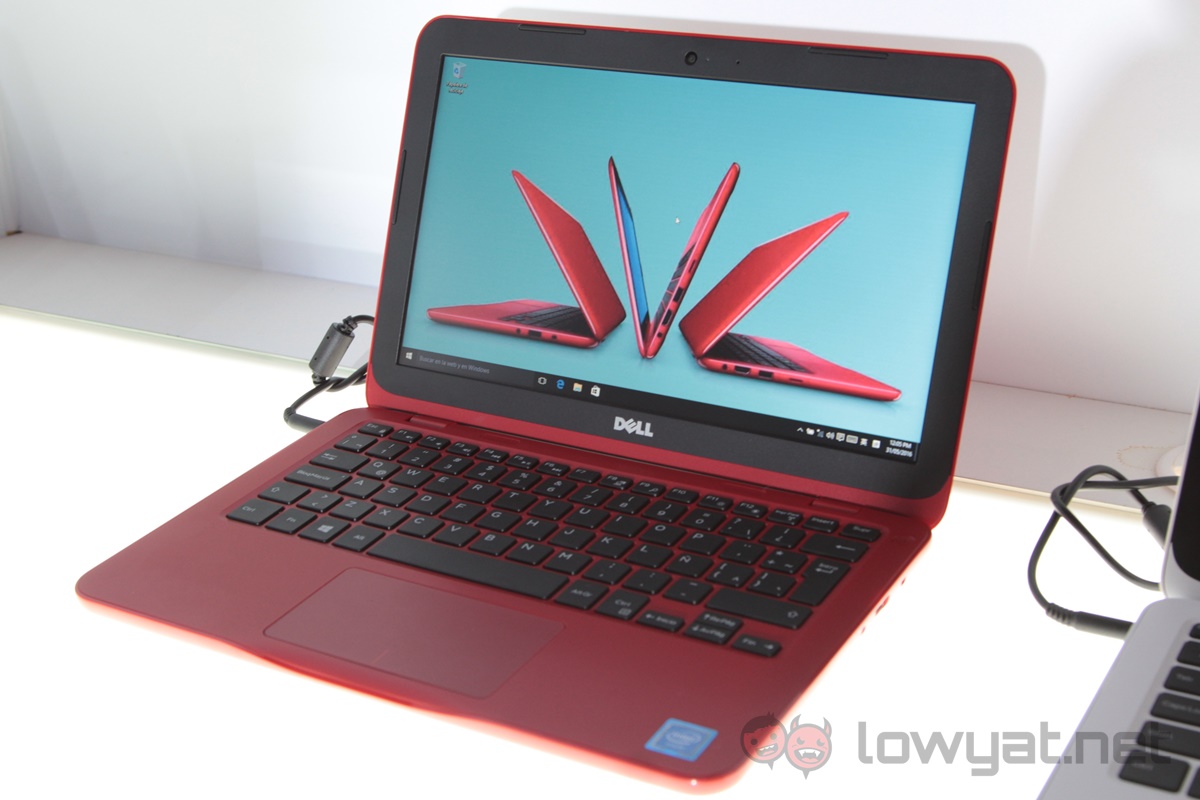
Dell has already dabbled in experimenting with the mobile form factor with a portable 19-inch All-in-One machine. Wong says that while the AiOs are getting bigger, it didn’t make sense to follow the trend for the portable versions. Nobody would be able to carry them around and they would look ridiculous.
Despite this, there was still design space for mobile devices. This came in the form of the 17-inch notebook. This particular size is not new to the industry, and is still reasonably portable. As far as Dell is concerned, it also provides for content creators who may want a larger mobile display to work from (this is also the reason an Nvidia GPU was included in the new Inspiron 17 2-in-1).
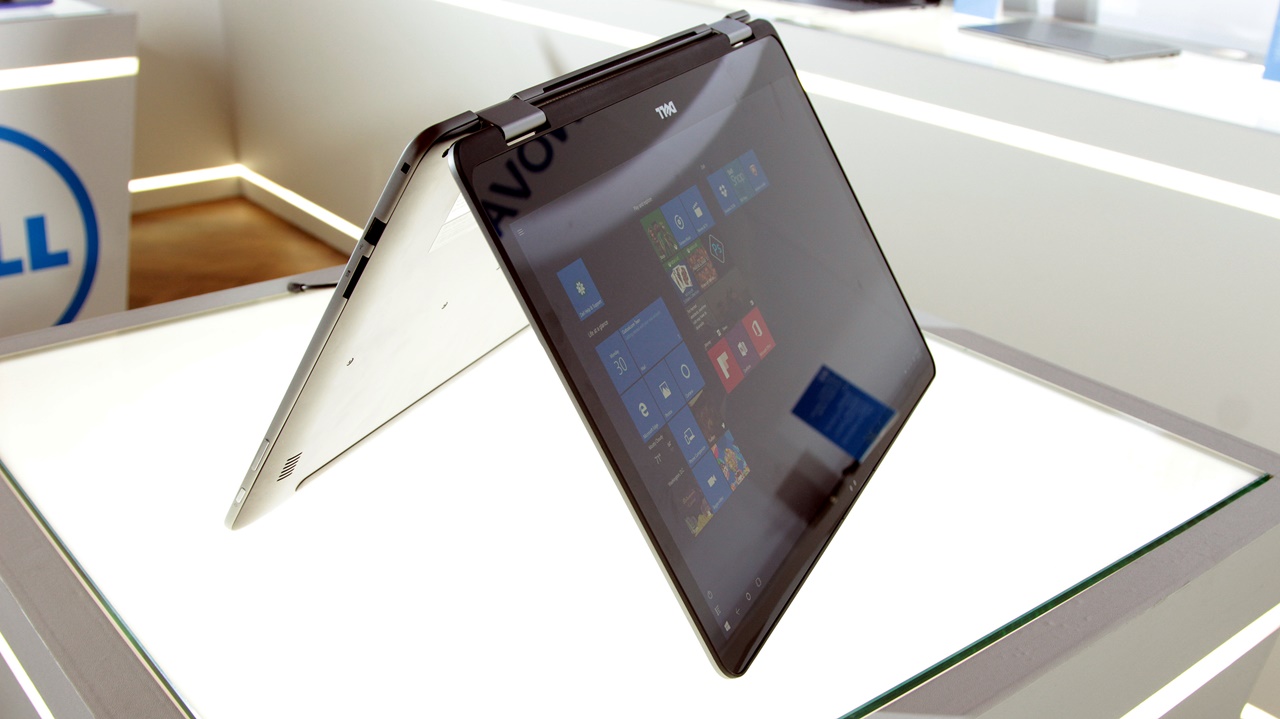
Of course, the Inspiron 17 2-in-1 is a very US centric kind of device; as evident from how Wong describes its use as an entertainment device in big kitchens with space for a large display. In fact, it was US retailers that convinced Dell to invest in the 17-inch convertible to fill the gap in the market.
Inspiron as a whole is driven by being the most consumer focused of Dell’s products. Ideally, this means that it will do a little bit of everything. A jack-of-all-trades as a matter of speaking.
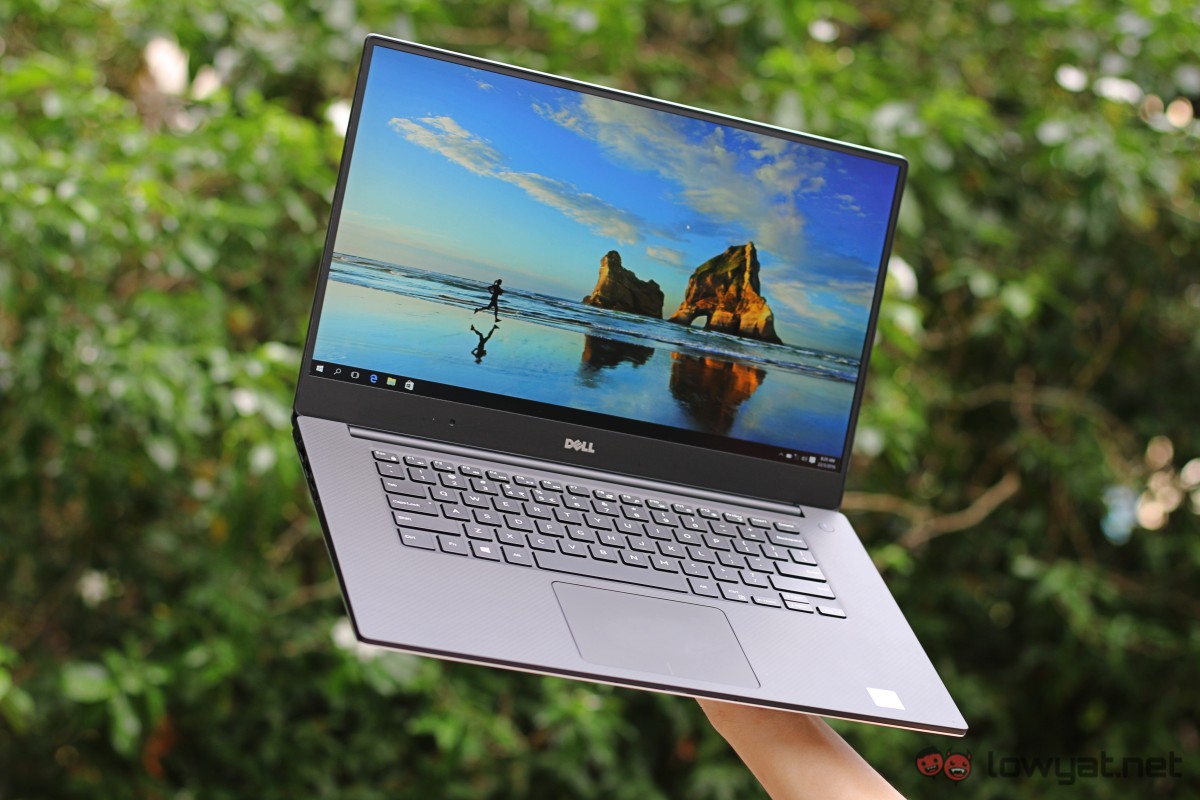
While this is good from the consumer’s point of view; it makes it very difficult for Dell to differentiate the product line from the competition. XPS is a line of extremely premium Ultrabooks featuring Dell’s near bezelless Infinity Display, while Alienware needs no introduction.
Wong hinted that there would be some new things in store for Inspiron later this year. Saying that Inspiron uses trickle down technology from the other two product lines. He was evasive when asked about the possibility of Inspiron allowed access to Alienware’s Graphics Accelerator; although his tone indicated that this was not something that was going to happen.
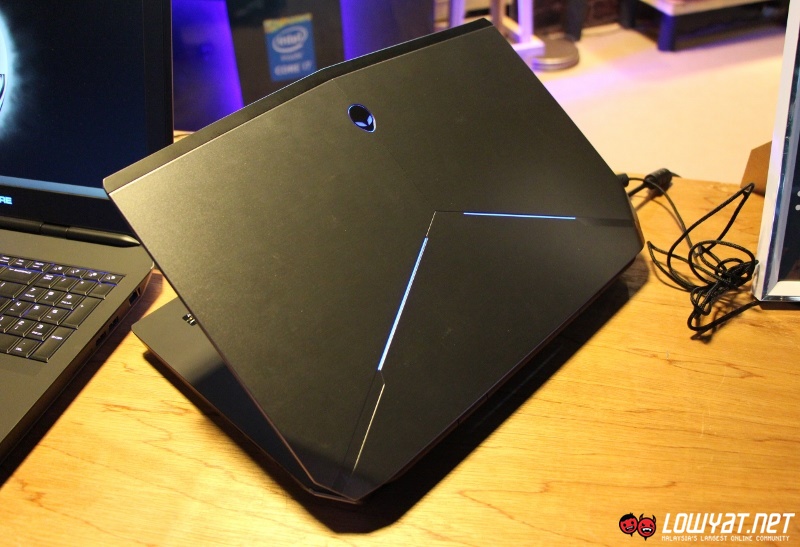
The discussion also lead to the possible inclusion of Intel’s Thunderbolt 3 technology on Inspiron laptops in the future. Wong said that Dell was satisfied with using the Type-C DisplayPort connector on the 7000 series for now; adding that Thunderbolt 3 ports would lead to price increases. He explained that Inspiron was made to be accessible to the masses, therefore keeping costs down was a priority.
Dell has managed to navigate the global slowing of PC sales reasonably well since its corporate structuring into a privately owned company. Wong says that the company has had nine consecutive quarters of profits; although that number is difficult to verify now that Dell is no longer required to publicly announce its earnings.
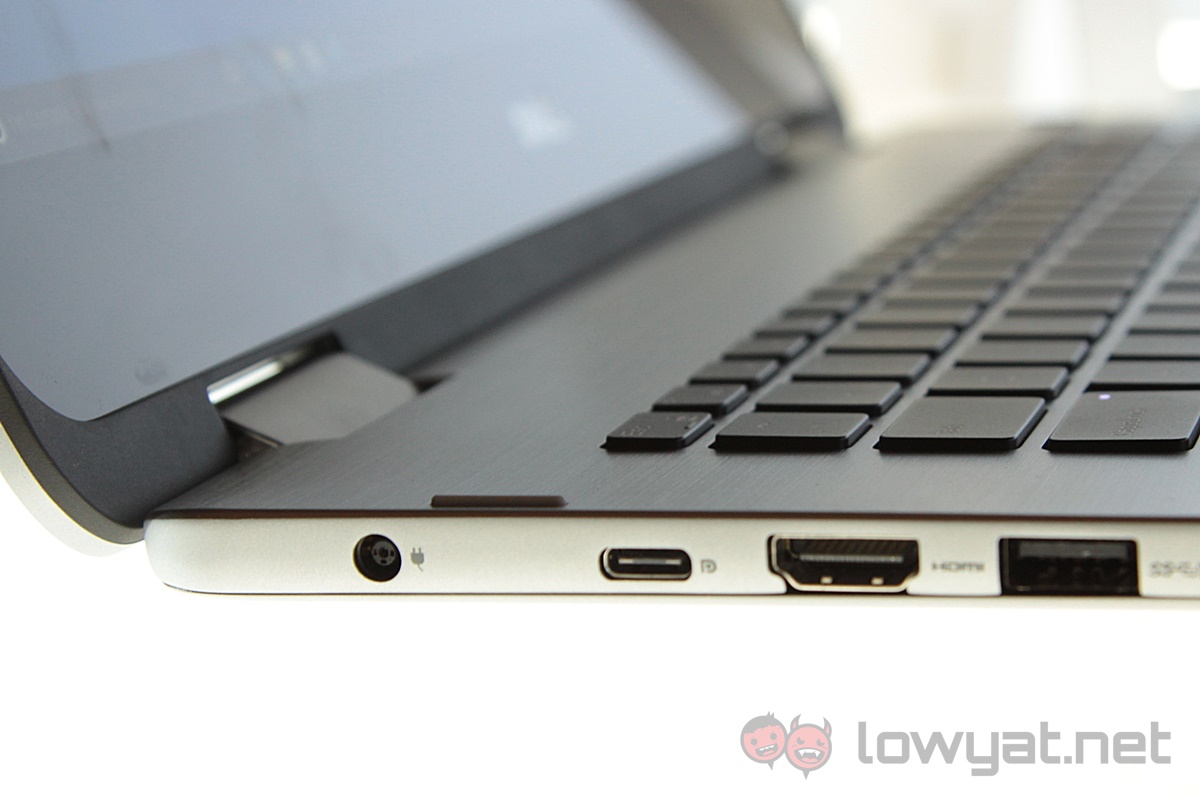
The idea of technology trickling down from XPS and Alienware makes the future of Dell’s mass market laptops a whole lot more interesting. However, there is the possibility of the decision cannibalizing sales from the more expensive lines; but the company is likely to also have other plans for its premium class products.
Inspiron’s position as a mass market brand puts it in the usual position of trying to be remarkable, without actually being outstanding in any particular way. While Dell believes this can be done by leveraging the engineering expertise from XPS and Alienware, it remains to be seen if this can be done without compromising on some aspects of the design. That being said, the idea of trickle down technology makes the next generation of Inspiron something to think about.
Follow us on Instagram, Facebook, Twitter or Telegram for more updates and breaking news.


